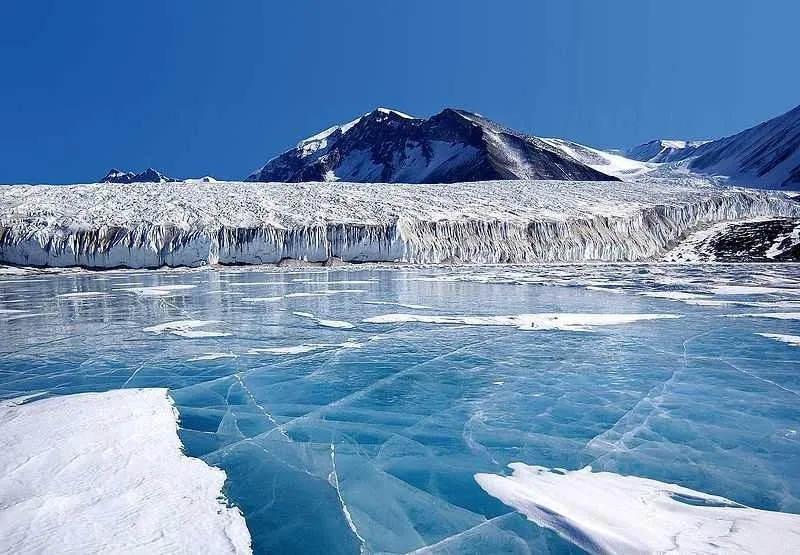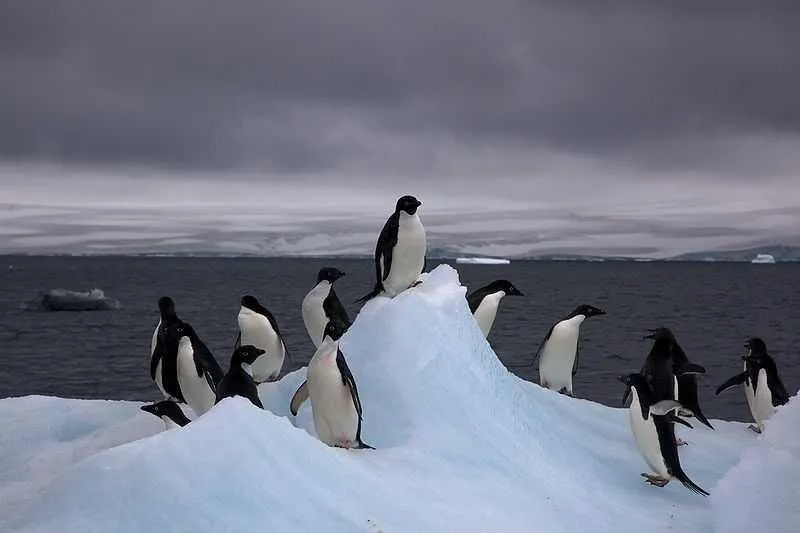Truth is, you must have heard people say they are freezing to death when the weather is extremely cold to connote how cold they are but for living things in Antarctica, they are freezing to life and are sure enjoying every bit of life there.

Public domain: Wikipedia common
Not all continents support existence favorably, it's either too hot or too cold, we all have had to make one adjustment or another called ADAPTATION. Life on Antarctica is no different.
Antarctica happens to the coldest among all continents and also a frozen desert with very little precipitation.
Freezing to life: plants in Antarctica
The major defining trait of plants is their ability to make energy from the sun through a process called photosynthesis. Plants are not just trees, bushes and grasses which have a vascular bundle, leaves, stems, and roots. It includes mosses, lichen, liverworts, and green algae.
There are only two flowering plant species in Antarctica, which are Antarctic hair and Antarctic pearlwort.
Plants survive the extreme cold temperatures, dryness, and absence of water by reducing their sizes and their structures. Small plants with shallow root systems augment for the thin layer of soil available and their small leaves reduce the rate of water loss through the leaf surface.
Also, plants grow close to the ground and to each other. This helps to reduce the effects of cold weather and damages caused by wind-blown snow or ice.
Plants can endure stress periods in dormancy and then begins to make it own energy through sunlight when conditions are favorable.
They have also adapted to the long winters period (by growing under a layer of snow) and short summers (by using the long duration of sunlight to develop quickly and produce flowers and seeds). Many of the plants are perennials i.e, growing and developing during the summer and gets dried up in the winter.This is how they survive.
Freezing to life: animals in AntarcticaMany species of animals live in Antarctica but the penguin is of interest in this article.
Penguins have over time adapted superbly to the aquatic life. Their wings have become flippers, which cannot be used for flight but in water, it is very useful. Penguins' swimming seems similar to bird's flight when in the air. A layer of air within its plumage ensures buoyancy, which also insulates the birds when swimming.

Adelie penguins: Wikipedia common
For safety during swimming, penguins are counter-shaded (to camouflage). They have black backs and white fronts. A predator looking above can't distinguish penguin white belly from the reflective water surface. Their dark back confuses the predators when looking beneath themselves. Penguin eyes are adapted for better underwater vision and are used for finding prey and avoiding predators.
On land, penguins use their wings and tails to maintain balance. Penguins either move with their feet or slide on their bellies.
Penguins can control blood flow, reduce the amount of blood that gets cold and still wouldn't freeze. They are able to drink salt water because their supraorbital gland can filter excess salt which is then excreted from the nasal passages.
They come together like a pack to keep warm and change positions to make sure each penguin gets a chance to be in the center of the pack and gets adequate heat.
Reference
https://beyondpenguins.ehe.osu.edu/issue/polar-plants/plants-of-the-arctic-and-antarctic
https://theantarcticpearlwort.weebly.com
https://www.britannica.com/place/Antarctica/Plant-life